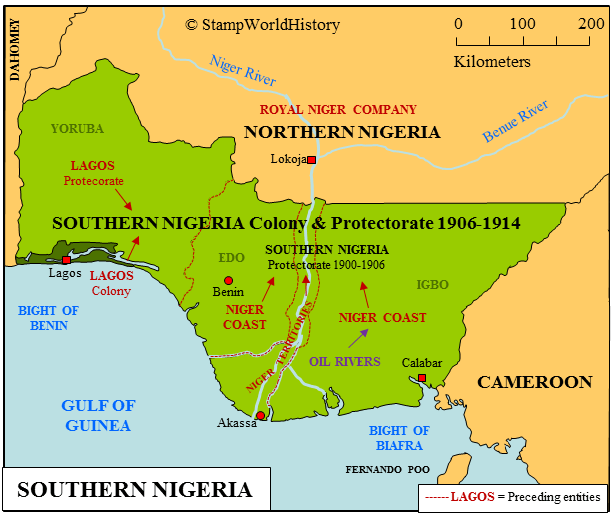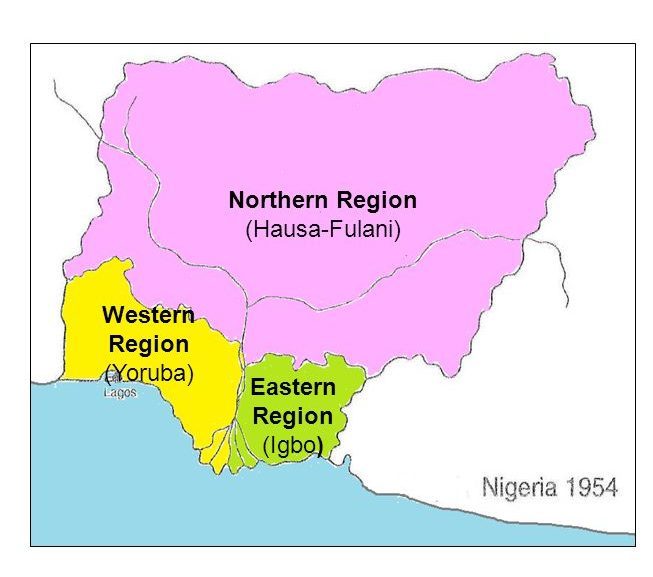Back to: GOVERNMENT SS2
Welcome to class!
In today’s class, we will be talking about Nigeria federalism. Enjoy the class!
Nigeria Federalism

ORIGIN OF NIGERIAN FEDERALISM
Nigerian federalism can be traced far back to 1914 when the Northern and Southern protectorates were amalgamated with a unitary form of administration. Since then, governmental powers that existed in Nigeria started to be shared between the central government headed by the governor-general and the governments of Northern and Southern protectorates headed by the lieutenant governors. Therefore, with the autonomous parts of Northern and the Southern province, the administrative system of Nigeria wore a somehow outlook of a federation.

The further division of the country into three regions in 1946 by the then Governor of Nigeria Sir Arthur Richards under the Richards constitutional arrangements, gave more support to the emergence of Nigeria with a federal system of government. The 1951 Macpherson constitution gave further concrete support to the establishment of a federal system of government in Nigeria.
Apart from the division of Nigeria into three regions of Northern, Western and Eastern regions, the constitution appointed lieutenant governors to head these regions and granted legislative powers to the legislative and executive councils that were established. The 1954 Lyttleton constitution removed the final shades of unitary state from Nigeria by establishing a true federal state. The constitution that took effect from October 1, 1954, shared powers between the central and the regional government. The constitution went further to re-organize the judiciary to be in line with the federal structure of the country. Federalism involves the sharing of powers between the central government and other subordinate units(s), e.g. local government and state/ region. In 1954, we had two tiers of government- the central and regions, both had their powers defined and shared by the constitution. Exclusive legislative functions went to the central government; concurrent legislative functions went to both the central and regional governments while residual functions went to the regions.

GENERAL EVALUATION
- Trace the origin of Nigeria Federalism.
- How did the Richards constitution promote federalism in Nigeria?
- How did the Lyttleton constitution establish true federalism in Nigeria?
- Discuss the positive and negative impact of colonialism.
In our next class, we will be talking more about Nigeria Federalism. We hope you enjoyed the class.
Should you have any further question, feel free to ask in the comment section below and trust us to respond as soon as possible.

Nice work